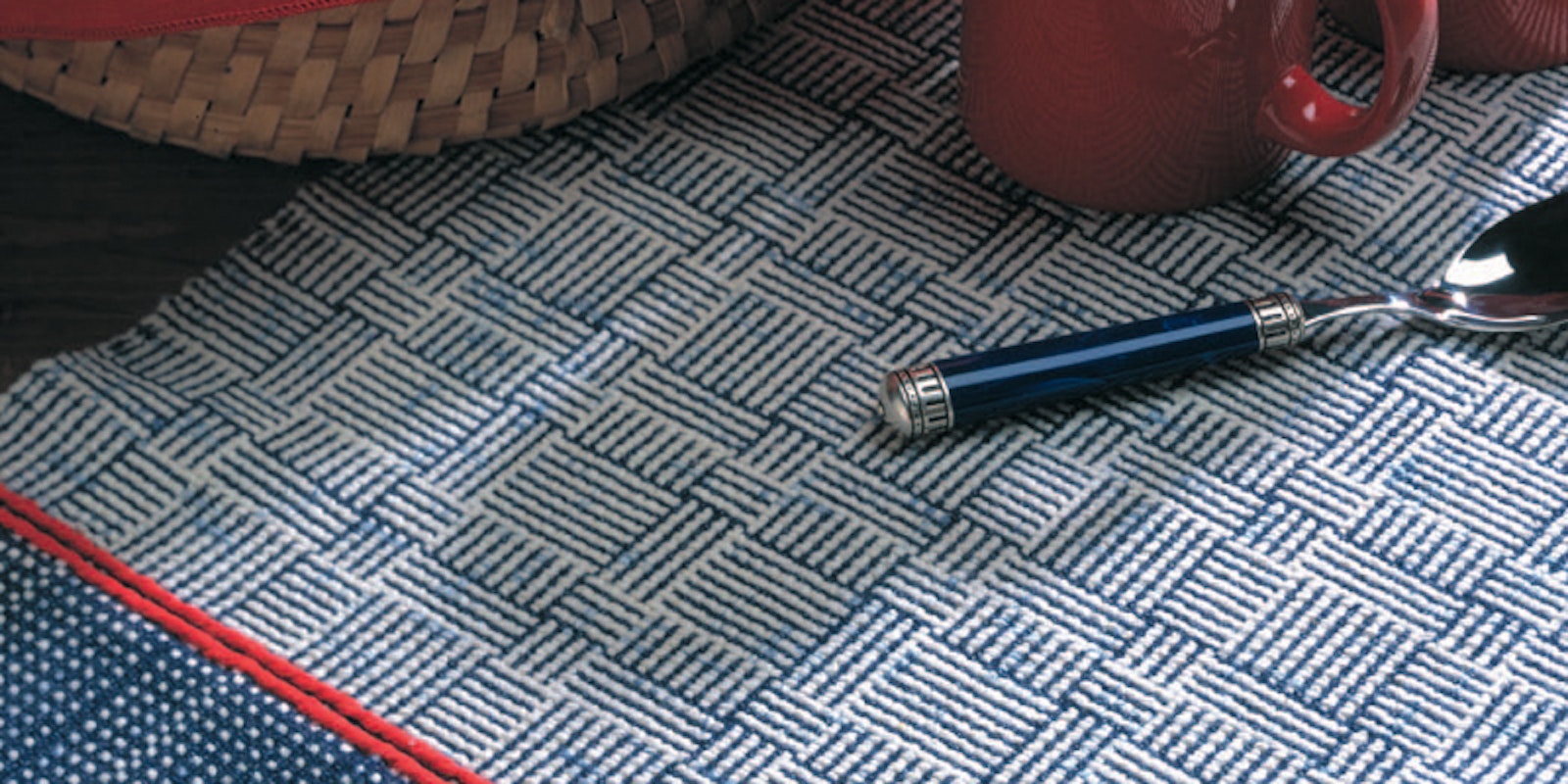Why Blocks Matter
I have found the most helpful way to do this with weaving is to divide everything you can do on a shaft loom into three categories: plain weave, twill, and block weaves.
I have found the most helpful way to do this with weaving is to divide everything you can do on a shaft loom into three categories: plain weave, twill, and block weaves. <a href="https://handwovenmagazine.com/why-blocks-matter/">Continue reading.</a>
https://handwovenmagazine.com/cdn-cgi/image/format=auto/https://www.datocms-assets.com/75077/1656652912-free-woven-table-runners-eb.jpeg?auto=format&w=900
 | |
| Tien Chiu uses patterned
doubleweave in bright colors
for her block design. | |
 | |
Rita Hagenbruch's halvdräll
runner was inspired by
mums, bittersweet, and
the Green Bay Packers. | |
The other day, a reader wrote to Handwoven to say: I don’t like blocks. I try to be a tolerant person, so I think my response should be something like: Oh, that’s just fine. There are so many other wonderful things you can do on a shaft loom, I’m sure you can live a happy weaving life without ever using block weaves. I don’t believe that, though. Here’s what I really think.
I’m the kind of person who has to put things in categories in order to understand them. I have found the most helpful way to do this with weaving is to divide everything you can do on a shaft loom into three categories: plain weave, twill, and block weaves. There’s no question that you could spend the rest of your weaving life on plain weave. There are infinite fibers, yarns, setts, and colors you can use. So, if this is true for plain weave, just consider what you can do with twills. Not only are there infinite fibers, yarns, setts, and colors to explore—but there are also truly infinite patterns you can create. With both twill and plain weave at your disposal, who needs blocks?
I do. And I think you do, too. Maybe a person who doesn’t like block weaves is thinking of old-fashioned block designs—chunky overshot, flat-looking summer and winter, colorless M’s and O’s. Block weaves don’t necessarily have to be about the design itself. Block weaves can be all about colors and textures—in ways that are not possible with plain weave or even twill.
Consider this: only block weaves can place two completely different colors side by side in both warp and weft directions (doubleweave, taqueté, warp rep). Only block weaves make possible silky supplementary weft (or warp) floats that show on one side of the cloth or the other in selected areas (overshot, tied unit weaves). With block weaves, areas of lace can appear side by side with areas of plain weave in both directions (huck lace, Atwater-Bronson lace) or areas of warp-dominant twill or satin side by side with weft-dominant twill or satin (twill blocks, damask).
We’re hoping that the November/December2011 issue of Handwoven will not only encourage you to try block weaves, but that it will also be your handbook to understanding them.








